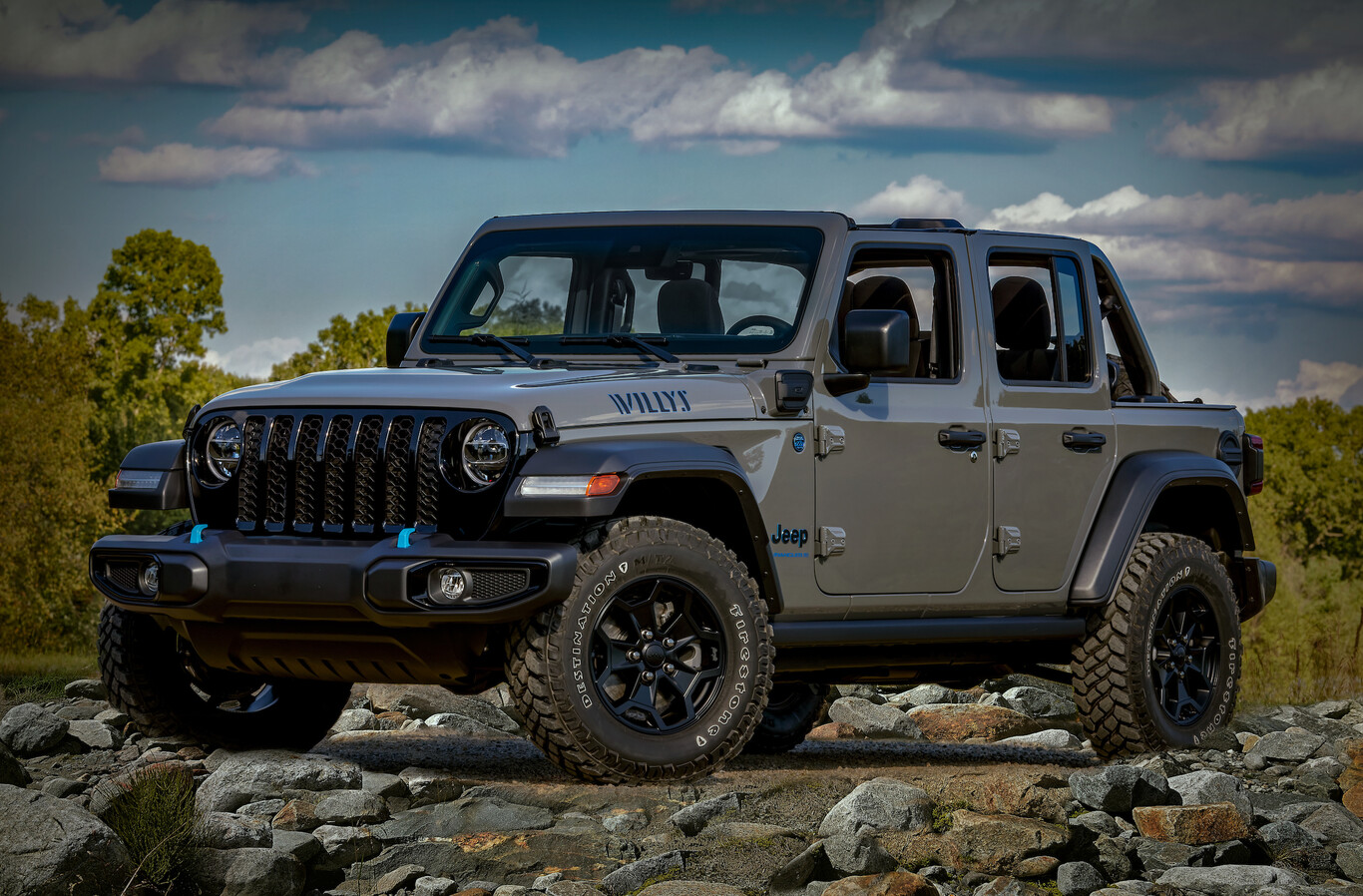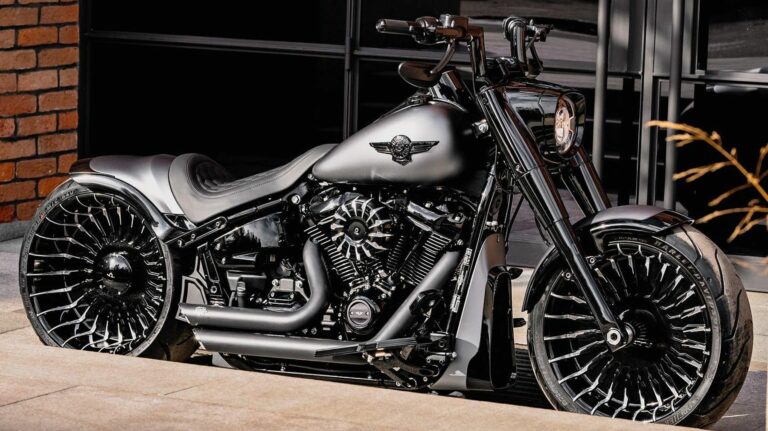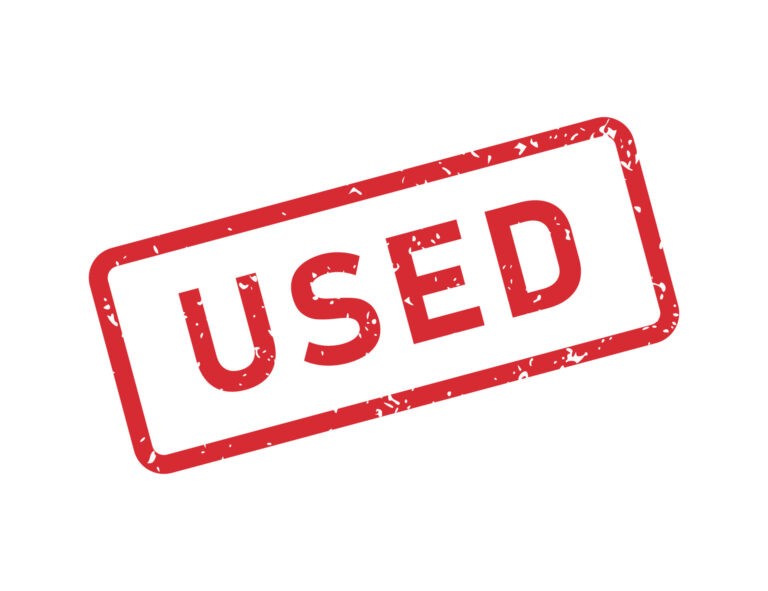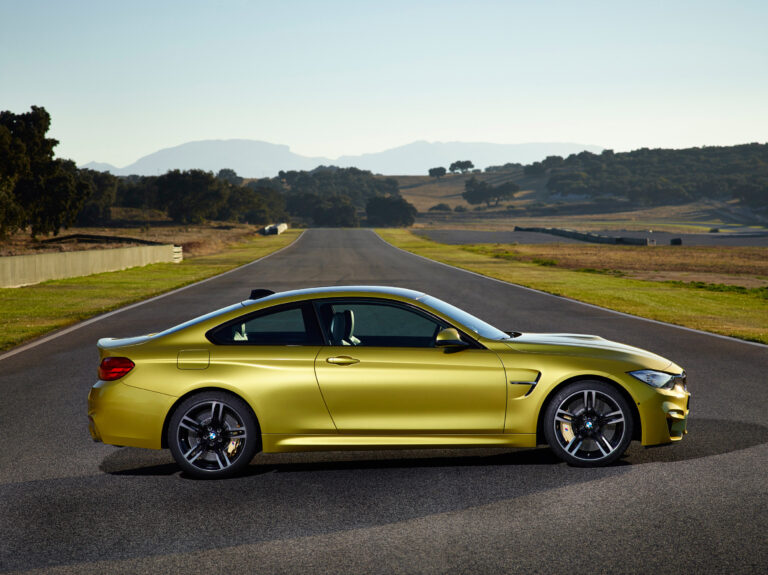Jeep JK Dana 60 Axles For Sale: The Ultimate Upgrade Guide
Jeep JK Dana 60 Axles For Sale: The Ultimate Upgrade Guide jeeps.truckstrend.com
The Jeep Wrangler JK, a beloved platform for off-road enthusiasts, is renowned for its capabilities. However, as owners push their rigs harder with larger tires, more aggressive trails, and demanding obstacles, the stock Dana 30 or Dana 44 axles can quickly become the weakest link. For those serious about extreme off-roading, rock crawling, or simply seeking unmatched durability and peace of mind, upgrading to Jeep JK Dana 60 Axles is not just an option—it’s an essential transformation.
This comprehensive guide will delve into everything you need to know about Dana 60 axles for your Jeep JK, from understanding their benefits and features to navigating the market for new and used options, ensuring you make an informed decision for your ultimate build.
Jeep JK Dana 60 Axles For Sale: The Ultimate Upgrade Guide
Why Upgrade to Dana 60 Axles for Your JK?
The decision to invest in Dana 60 axles for your Jeep JK is driven by several compelling factors, primarily centered around strength, durability, and performance.
- Unmatched Strength and Durability: This is the primary reason. The Dana 60 is a heavy-duty axle designed for serious abuse. Its larger ring and pinion gears, thicker axle tubes, and robust housings are significantly stronger than the stock Dana 30/44. This means less worry about bent axle tubes, broken gears, or snapped axle shafts, especially when running large tires (37 inches and above).
- Support for Larger Tires: While a stock JK might handle 35-inch tires with some modifications, pushing to 37s, 40s, or even 42-inch tires puts immense stress on the drivetrain. Dana 60 axles are engineered to comfortably accommodate these larger tires, providing the necessary gearing and strength without fear of catastrophic failure on the trail.
- Enhanced Gearing Options: Dana 60s offer a wider range of low gear ratio options (e.g., 4.88, 5.13, 5.38, 5.86) crucial for regaining lost power and optimizing performance with oversized tires. This ensures your engine operates in its peak power band, improving crawl control and overall drivability.
- Superior Differential Options: Most aftermarket Dana 60s come ready to accept a variety of heavy-duty lockers (ARB Air Locker, Eaton E-Locker, OX Locker, Detroit Locker, etc.), providing maximum traction when you need it most.
- Improved Ground Clearance (in some cases): While the Dana 60 housing itself is larger, many aftermarket solutions are designed with improved ground clearance in mind, especially for the differential pumpkin, minimizing hang-ups on rocks.
- Full-Float Design (Common for Rear Dana 60s): Many rear Dana 60s for the JK are full-float designs. In a full-float axle, the axle shaft only transmits power, while the vehicle’s weight is supported by the spindle and two wheel bearings on the outside of the axle tube. This is a significant strength upgrade over semi-float axles (like the stock JK axles), where the axle shaft also supports the vehicle’s weight. If a full-float axle shaft breaks, the wheel typically stays attached, allowing for easier recovery.
- Peace of Mind: Knowing your axles can withstand the rigors of extreme off-roading allows you to push your limits with greater confidence, focusing on the trail ahead rather than worrying about breaking parts.

Understanding Dana 60 Axles: Key Features & Components
To truly appreciate the value of a Dana 60, it’s helpful to understand its core components and features that contribute to its legendary strength:
![]()
- Housing: The main structural component, Dana 60 housings are typically made from thick-wall steel tubing and heavy-duty cast iron for the differential center section. Aftermarket housings often feature even stronger materials and designs, such as high-clearance designs or reinforced trussing.
- Ring and Pinion Gears: The heart of the axle, Dana 60s feature larger diameter and wider face-width ring and pinion gears compared to Dana 44s, allowing them to handle significantly more torque.
- Axle Shafts: While the stock Dana 60 comes with strong shafts, aftermarket Dana 60s for the JK often include or are designed for even stronger, larger diameter chromoly axle shafts, which are far less prone to breaking under stress.
- Differential Carrier: This houses the ring gear and the differential mechanism (open, limited-slip, or locker). Dana 60s have a robust carrier designed for heavy loads.
- Brakes: Aftermarket Dana 60s for the JK are typically designed to integrate with JK-specific brake components or come with upgraded braking systems suitable for the increased weight and demands of larger tires.
- Steering: Front Dana 60s for the JK will include provisions for steering linkages, often upgraded to heavy-duty tie rods and drag links to handle the forces from larger tires and off-road conditions.
- Bolt Pattern: Most aftermarket Dana 60s for the JK maintain the standard 5×5" (5 on 5-inch) bolt pattern, allowing you to retain your existing wheels. However, some heavy-duty setups might offer 8-lug patterns, which would require new wheels.
- Full-Float vs. Semi-Float: As mentioned, full-float designs are common for rear Dana 60s, offering superior strength and safety. Semi-float axles, while lighter, put the weight-bearing load directly on the axle shaft. Front axles are always full-float in a sense, as the wheel is supported by the unit bearing/hub, not the axle shaft.

Types of Dana 60 Axles Available for JK Owners
The market for JK Dana 60 axles is robust, dominated by specialized aftermarket manufacturers. You generally won’t find "stock" Dana 60s from other vehicles that are a direct bolt-in for a JK due to unique mounting points, width, and steering geometry.
New Aftermarket Axles:
These are complete, bolt-in solutions designed specifically for the Jeep JK. They are typically sold as a "crate axle" assembly, ready for installation. Leading manufacturers include:
- Dynatrac: Widely considered the gold standard, offering axles like the ProRock 60, ProRock 80, and ProRock 44/60 hybrid. Known for extreme strength, high ground clearance, and premium quality.
- Currie Enterprises: Another top-tier manufacturer with offerings like the RockJock 60 and RockJock 70. Known for robust construction and excellent performance.
- TeraFlex: Offers the Tera60, a strong and well-engineered option.
- G2 Axle & Gear: Provides the G2 Core 44 and G2 60 series, known for good value and strong performance.
- SpynTec/Yukon Gear & Axle: Offers various heavy-duty axle assemblies and components.
These manufacturers offer both front and rear Dana 60 axles, often sold separately or as a package deal. They come with various options for gear ratios, locker types, and brake setups.
Used Dana 60 Axles:
Finding used JK-specific Dana 60s can be challenging but not impossible. These are often from builds that were parted out or upgraded further. When considering used, careful inspection is paramount.
- Pros: Potentially significant cost savings.
- Cons: Unknown history, potential for wear or damage, no warranty, may require rebuilding or additional parts (e.g., new seals, bearings, brake components, or even new axle shafts).
Important Considerations Before Purchasing
Before you pull the trigger on a set of Dana 60s, a thorough assessment of your needs and budget is crucial.
- Budget: Dana 60 axles are a significant investment. New sets can range from $10,000 to $20,000+ depending on the manufacturer, features, and options. Factor in installation costs if you’re not doing it yourself.
- Intended Use: Are you a weekend warrior hitting moderate trails, or are you building an extreme rock crawler for the Hammers? Your intended use will dictate the level of strength and features you need.
- Tire Size: This is a key driver. If you plan to run 37s, a reinforced Dana 44 might suffice, but for 40s and beyond, Dana 60s are highly recommended.
- Existing Modifications: Consider how the new axles will integrate with your existing lift kit, driveshafts, steering components, and brake system. Many aftermarket Dana 60s are designed for specific lift heights and may require compatible components.
- Installation Complexity: Swapping axles is a major undertaking that requires specialized tools, knowledge, and potentially a lift. Professional installation is often recommended.
- Full-Float vs. Semi-Float (Rear): Understand the advantages of full-float and decide if the added cost and weight are worth the increased safety and strength for your build.
- Gear Ratio Choice: This is critical. Calculate the optimal gear ratio for your tire size, transmission, engine, and intended use (e.g., daily driving vs. pure off-road). Most manufacturers offer a wide range of ratios.
- Locker Options: Decide which type of locker (selectable, automatic) best suits your driving style and terrain.
- Brake Compatibility: Ensure the new axles come with, or are compatible with, brake systems adequate for your JK and tire size. Many come with heavy-duty disc brakes.
Where to Find Jeep JK Dana 60 Axles For Sale
The market for JK Dana 60 axles is primarily online and through specialized off-road shops.
- Direct from Manufacturers: Dynatrac, Currie, TeraFlex, G2, etc., all have websites where you can configure and order axles directly or find authorized dealers.
- Online Retailers: Large online off-road parts retailers (e.g., Quadratec, Northridge4x4, Extreme Terrain, Summit Racing) often carry these high-end axles from various manufacturers.
- Specialized Off-Road Shops: Local or regional shops that specialize in Jeep builds and off-road fabrication are excellent resources. They can provide expertise, sales, and installation services.
- Used Market:
- Jeep Forums & Classifieds: Websites like JK-Forum.com, Pirate4x4.com, and local Facebook Marketplace groups often have private sellers parting out builds.
- eBay: Can be a source for used components, but exercise extreme caution.
- Specialty Used Parts Dealers: Some off-road salvage yards or performance shops might occasionally have used sets.
The Purchase Process: What to Look For and Ask
For New Axles:
- Lead Times: High-demand axles often have significant lead times (weeks or even months). Confirm the estimated delivery date.
- Warranty: Understand the manufacturer’s warranty on components and workmanship.
- Configuration: Double-check all specifications: gear ratio, locker type, brake package, bolt pattern, and any optional upgrades (e.g., upgraded shafts, high-clearance covers).
- Shipping Costs: These are heavy items; shipping can be substantial. Get a clear quote.
For Used Axles:
- Thorough Inspection: If possible, inspect in person. Look for:
- Bent Tubes: Use a straight edge or visually check for any bowing.
- Leaks: Check around the differential cover, pinion seal, and axle seals for any signs of fluid leaks.
- Damage: Look for cracks in the housing, especially around welds or mounting points. Check for bent flanges or mounting tabs.
- Play: Check for excessive play in the pinion or axle shafts, which could indicate worn bearings.
- Included Components: Confirm what’s included (e.g., knuckles, unit bearings, brakes, steering components).
- History: Ask about the axle’s history, mileage, and why it’s being sold.
- Open the Diff Cover (if possible): If the seller allows, remove the differential cover to inspect the ring and pinion gears for pitting, chipped teeth, or excessive wear. Check for metal shavings in the fluid.
- Pricing: Be realistic. Even used Dana 60s are a significant investment. Compare prices to new axles to ensure you’re getting a genuine deal, not just buying someone else’s problem.
Installation and Post-Purchase Considerations
- Professional Installation: Unless you have extensive experience with drivetrain work, professional installation is highly recommended. Axle swaps involve critical measurements, torque specifications, and ensuring proper alignment of steering and suspension components.
- Break-In Period: New gears require a break-in period to properly seat the ring and pinion. This typically involves several short drives followed by cool-down periods, avoiding heavy loads or sustained high speeds. Consult the manufacturer’s instructions.
- Maintenance: Regular fluid changes for the differential are crucial, especially after the break-in period and after severe off-road use. Inspect seals, bearings, and U-joints regularly.
Jeep JK Dana 60 Axles For Sale: Estimated Price Table
It is critical to understand that prices for Jeep JK Dana 60 axles vary wildly based on the manufacturer, specific model, included components (e.g., standard shafts vs. chromoly, open diff vs. selectable locker), brake package, and current market conditions. The table below provides estimated price ranges for new complete axle assemblies and component options. Used prices would be significantly lower, depending on condition.
| Component/Manufacturer | Description | Estimated Price Range (USD) | Notes |
|---|---|---|---|
| Complete Front Axle Assemblies | |||
| Dynatrac ProRock 60 Front | Complete, bolt-in, high-strength. | $7,500 – $11,000+ | Includes housing, gears, shafts, diff, knuckles, unit bearings. Price varies with locker choice (e.g., ARB, Eaton), gear ratio, and chromoly shaft upgrades. |
| Currie RockJock 60 Front | Complete, bolt-in, heavy-duty. | $7,000 – $10,500+ | Similar options to Dynatrac. |
| TeraFlex Tera60 Front | Complete, bolt-in, robust. | $6,500 – $9,500+ | Often includes beefier steering components. |
| G2 Axle & Gear 60 Front | Complete, strong, good value. | $5,500 – $8,500+ | May have fewer customization options than premium brands. |
| Complete Rear Axle Assemblies | |||
| Dynatrac ProRock 60 Rear (Full Float) | Complete, bolt-in, full-float. | $6,500 – $9,500+ | Full-float design, price varies with locker, gear ratio, brake package. |
| Currie RockJock 60 Rear (Full Float) | Complete, bolt-in, full-float. | $6,000 – $9,000+ | Similar options to Dynatrac. |
| TeraFlex Tera60 Rear (Full Float) | Complete, bolt-in, full-float. | $5,800 – $8,800+ | Often designed for specific lift heights. |
| G2 Axle & Gear 60 Rear (Full Float) | Complete, strong, full-float. | $5,000 – $8,000+ | |
| Key Optional Upgrades | |||
| Selectable Locker (e.g., ARB, Eaton) | Adds significant cost per axle. | +$800 – $1,500 per axle | Essential for serious off-roading. |
| Chromoly Axle Shafts | Stronger than standard shafts. | +$300 – $800 per axle | Highly recommended for large tires/heavy abuse. |
| Heavy-Duty Brake Kit | Larger rotors/calipers for improved stopping. | +$500 – $1,500 per axle | Crucial for safety with heavy vehicles and large tires. |
| High-Clearance Diff Covers | Added protection for the differential. | +$150 – $300 per axle | Prevents damage to the housing. |
| Custom Powder Coating | Aesthetics and corrosion protection. | +$300 – $600 per axle set | |
| Installation Labor | Professional installation. | $1,500 – $3,000+ (per axle set) | Varies greatly by shop, complexity, and region. |
Disclaimer: These prices are estimates only and are subject to change without notice. They do not include shipping, sales tax, or potential additional components like driveshafts, steering upgrades, or suspension modifications that might be necessary. Always get a direct quote from the manufacturer or an authorized dealer for the most accurate pricing.
Frequently Asked Questions (FAQ)
Q1: Do I really need Dana 60 axles for my JK?
A1: It depends on your intended use. If you’re running 37-inch tires or larger, doing heavy rock crawling, or pushing your JK to its limits, then yes, Dana 60s offer unmatched strength and reliability, preventing costly trail breakages. For mild to moderate trails with smaller tires, a reinforced Dana 44 might suffice.
Q2: Can I just upgrade my stock Dana 44 with stronger shafts and gears?
A2: You can, and many people do. Upgrading to chromoly shafts, a stronger differential cover, and re-gearing can make a Dana 44 more robust. However, the housing, ring and pinion size, and axle tube thickness of a Dana 44 are fundamentally smaller than a Dana 60, limiting its ultimate strength ceiling, especially for 40"+ tires.
Q3: Are Dana 60 axles a direct bolt-in replacement for my JK?
A3: Most aftermarket Dana 60s designed for the JK are indeed "bolt-in," meaning they are fabricated with the correct mounting points for suspension, control arms, track bar, and steering. However, "bolt-in" does not mean "easy." It’s a major installation requiring proper tools and expertise. You may also need to adjust driveshaft lengths or upgrade other components.
Q4: Should I buy new or used Dana 60 axles?
A4: New axles come with a warranty, known history, and are built to your specifications. Used axles can save significant money but carry risks of hidden damage, wear, or an unknown history. If buying used, always inspect them thoroughly, ideally with an expert, and factor in potential rebuild costs.
Q5: What gear ratio should I choose for my Dana 60s?
A5: The optimal gear ratio depends on your tire size, engine (3.6L Pentastar or 3.8L), transmission (manual or automatic), and how you primarily use your Jeep. For 40-inch tires, ratios like 5.13, 5.38, or even 5.86 are common. Consult with an expert or use an online gear ratio calculator to find the best fit for your setup.
Q6: What is the difference between full-float and semi-float axles?
A6: In a semi-float axle (like stock JK rear axles), the axle shaft supports the weight of the vehicle and transmits power. If the shaft breaks, the wheel can separate. In a full-float axle (common for rear Dana 60s), the axle shaft only transmits power, while the vehicle’s weight is supported by a spindle and bearings on the axle tube. If a full-float shaft breaks, the wheel typically stays attached, allowing for easier recovery and greater safety.
Q7: Will upgrading to Dana 60s affect my ride quality?
A7: Dana 60s are significantly heavier than stock axles. This added unsprung weight can slightly affect ride quality, making it feel a bit stiffer or slower to react over bumps, especially if your suspension is not tuned for the extra weight. However, for serious off-roaders, the trade-off in strength is well worth it.
Conclusion
Upgrading to Jeep JK Dana 60 axles is a monumental step for any serious off-road enthusiast. It’s an investment that pays dividends in terms of raw strength, reliability, and the ability to tackle the most challenging terrain with confidence. While the cost is significant, the peace of mind knowing your drivetrain can handle oversized tires and extreme abuse is invaluable.
By understanding the benefits, key features, available options, and crucial considerations detailed in this guide, you can confidently navigate the market for Jeep JK Dana 60 Axles For Sale. Whether you choose a brand-new, fully configured set from a top manufacturer or meticulously inspect a used option, this upgrade will unlock a new level of capability for your Jeep JK, transforming it into an unstoppable force on any trail.





